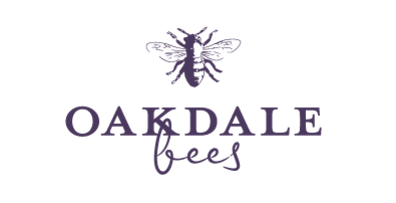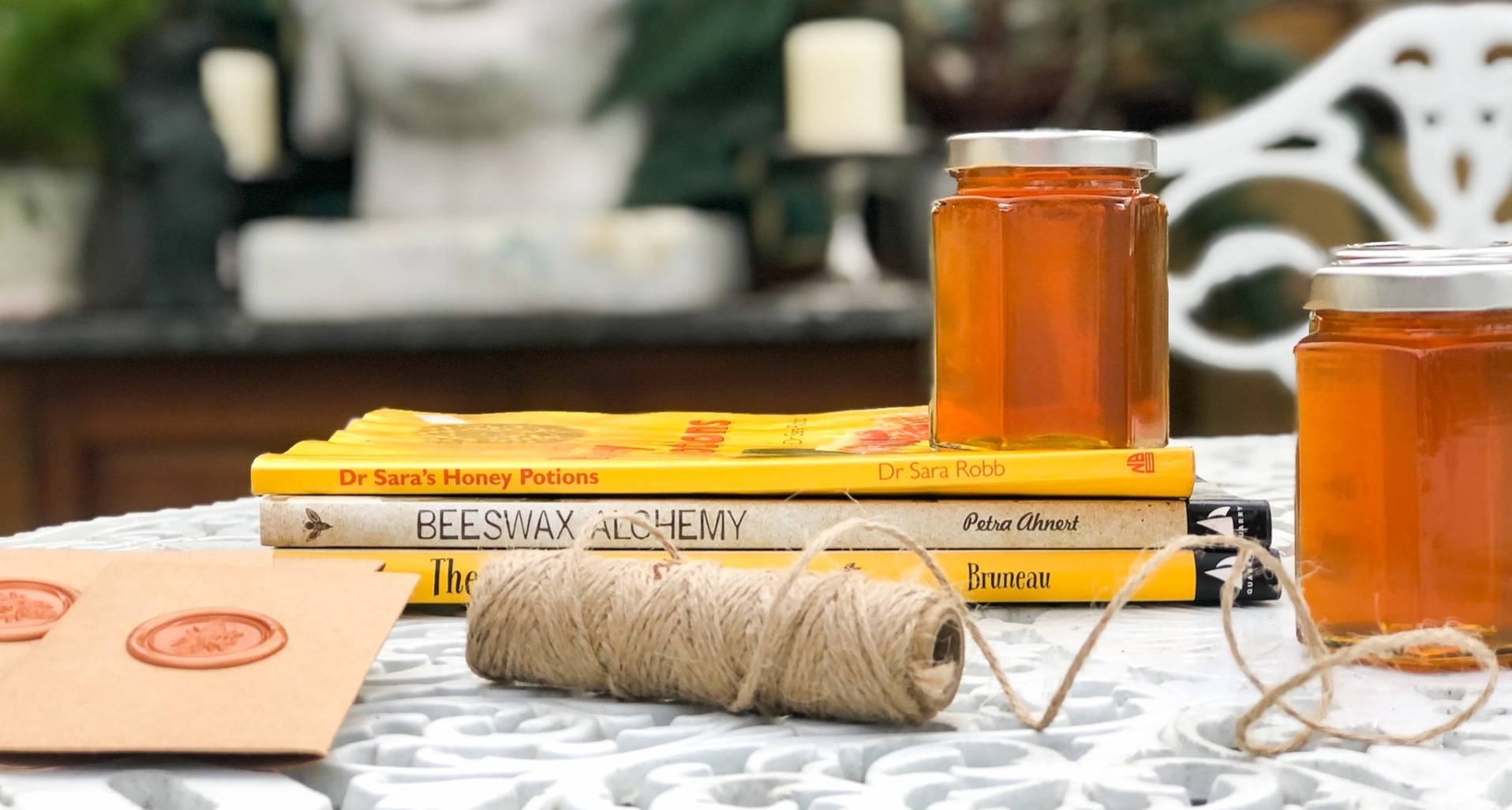Naturally Brilliant
Posted on 12th March 2024 at 09:14
Naturally Brilliant - The Wonders of Beeswax in Wood Polishes –
Here at Oakdale Bees, we make three eco-friendly non-toxic polishes however have you ever wondered why they work so brilliantly? In a previous Blog we have considered what beeswax is however here we expand on the magic of beeswax when applied to Wood.
First and foremost, the natural Beeswax in our Wood Remedy protects from water damage. It can also help prevent cracking, staining, and fading caused by exposure to water. Beeswax has been used to enhance and protect wood for hundreds of years; as both a naturally occurring substance and a by-product of beekeeping.
Beeswax is known to have been in use on wooden artifacts as early as the time of the ancient Egyptian craftsmen and its use in the fine arts can be traced back over 2,000 years.
But how does it work and why should you be using it?
The Why
Using a beeswax wood polish is an effective way to protect wooden items from water damage. Beeswax creates a protective layer on the surface of the wood, helping to seal out moisture and prevent it from penetrating the wood's fibers. Many polishes contain turpentine and solvents which do provide an immediate shine however over time will dry the wood.
Beeswax wood polish is a natural product that can be used to repair scratches on furniture and other wooden surfaces.
Bee's wax is naturally hard but is made easier to apply when mixed with linseed and plant/nut based oils, so when rubbed into the wood it fills in any scratches and creates a smooth finish.
The wax also protects the wood from further damage by sealing it against moisture and humidity.
Beeswax is more sustainable as a naturally-derived product, nontoxic, it is made from the wax secreted by honey bees (please see our previous blog on the magic of Beeswax) and does not involve any animal testing or harsh chemicals. As a result, it is safe for both indoor and outdoor use and around animals and children. Additionally, beeswax is biodegradable, so it won't leave any residue on the wood surfaces or in the environment.
Beeswax is a popular choice for maintaining woodwork due to its ability to provide a natural, non-toxic finish that enhances the look of the wood's natural grain without adding colour.
Beeswax wood polish gives your woodwork a clear, protective coating that both retains and repels moisture.
Our Wood Remedy and Chop and Board Restore are an ideal choice for maintaining wooden kitchen utensils because it is non-toxic, making it safe for everyday use around food preparation areas.
It is easy to apply to chopping boards, countertops, and other wood utensils such as wooden spoons and salad servers. With regular cleaning and maintenance, beeswax polish can help keep wooden food utensils looking their best for years to come.
Wooden chopping boards can last for several years with regular cleaning and maintenance.
The disadvantages of beeswax on wood are it needs to be always reapplied, it becomes soft in hot climates and will attract dust and lint when the beeswax surface becomes soft.
Nature at its most brilliant
Chemically, beeswax consists mainly of esters of fatty acids (an organic compound made by replacing the hydrogen of an acid by an alkyl or other organic group.
Many naturally occurring fats and essential oils are esters of fatty acids and various long-chain alcohols.
An approximate chemical formula for beeswax is C15H31COOC30H61. Beeswax comprises of about 64% wax esters, 14% hydrocarbons and 12% free fatty acids, a composition that is genetically determined for each species and varies to only a small extent. Wax esters are formed by combining one fatty acid with one fatty alcohol. Many naturally occurring fats and essential oils are esters of fatty acids.
For centuries beeswax has been known to have the protective qualities of extraordinary degradation resistance, impermeability to air, moisture, pests and fungi. What is not so clear is when exactly we started using it to protect wood finishes. Certainly, since biblical times, and probably before, people have recognised the usefulness of coating wooden surfaces with oils, balms and unguents to stop them drying out.
In twelfth-century Italy, plant oils were commonly used to polish wooden floors. By the fourteenth century, beeswax was being used to treat inlaid wood and parquetry floors in France. Beeswax became a very popular wood polish
How
To use beeswax wood polish, simply apply a thin layer of the polish to the wood and buff with a soft cloth
The natural Beeswax in our polishes provides a beautiful, long-lasting finish that nourishes and preserves the wood. The wax also provides a pleasant aroma, adds luster and shine to the wood surfaces, and helps to repel water and dirt.
Beeswax wood polish is an excellent choice for use around the home and for woodworkers looking for an environmentally friendly way of finishing their wood projects.
This content will only be shown when viewing the full post. Click on this text to edit it.
Share this post:



